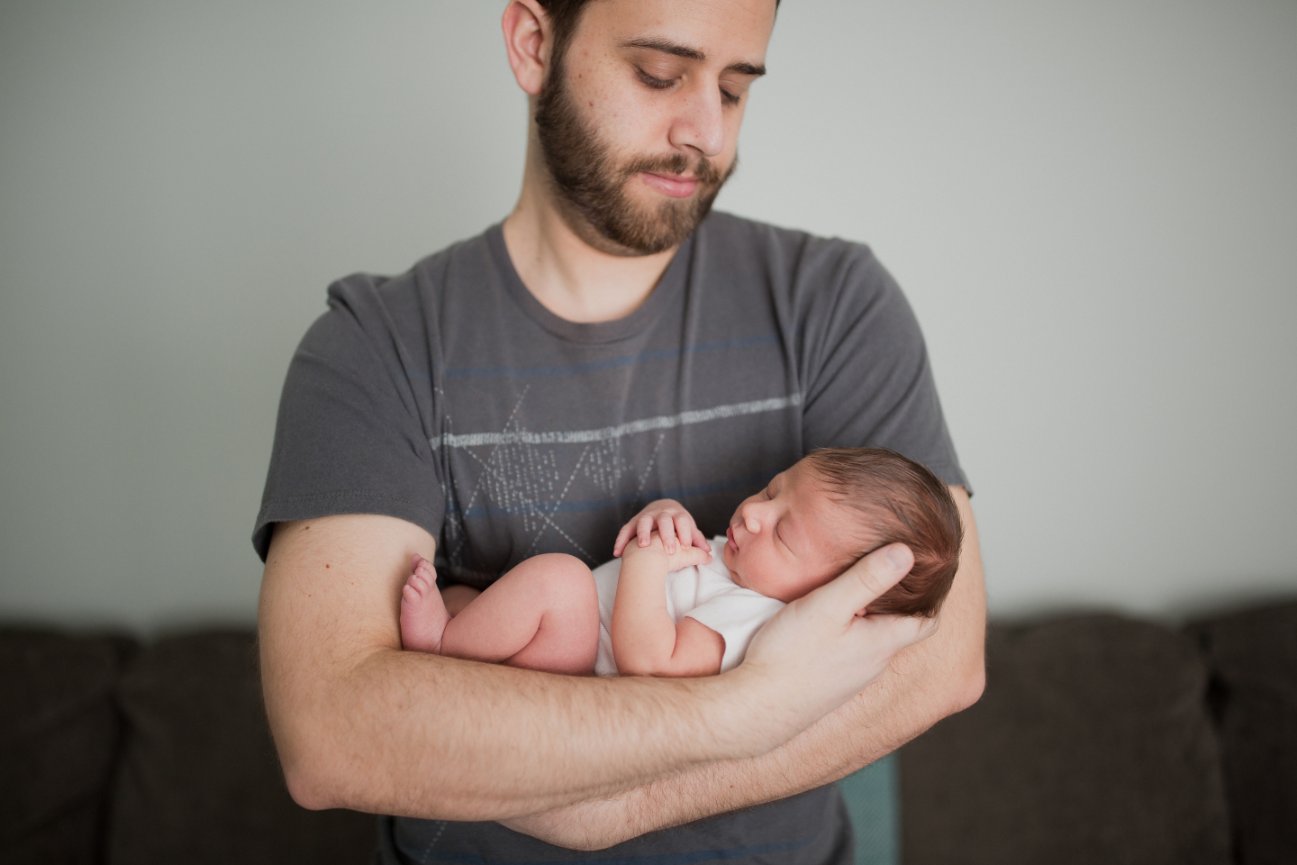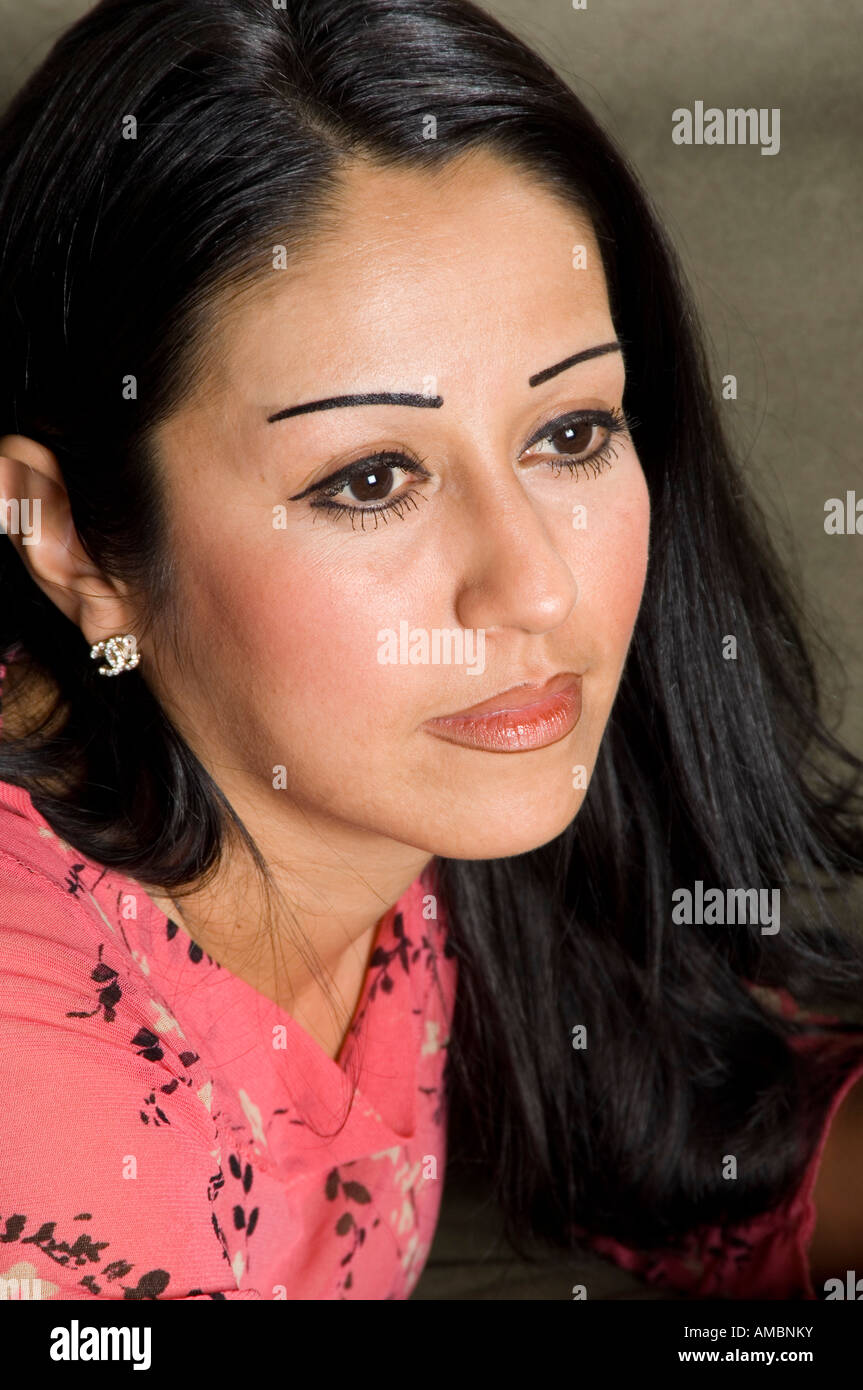

One commonly seen utilization of leading lines is a technique known as “single-point perspective.” In single point perspective the leading lines converge on a single vanishing point in the distance. Instead of falling into that trope, look for some less-obvious leading lines. I would urge you not to fall into the trap of using railroads to create a leading line as its both extremely dangerous and most often illegal. Some commonly used leading line are streets, fences, bridges, etc. You can use this to your advantage by placing a subject at the end point of a line. Our eye naturally is attracted to lines, and instinctually follows them.

More on that later.Ĭaptions of the images on imgur have additional context and analysis of each supporting photo in this post. I approach the Rule of Thirds as a gateway guideline which allows for others to come in to play. The important thing to note here is that not only are you showing intent by not plopping that coffee cup in smack dab in the middle of the frame, but you are also allowing for space for context. By placing the most important elements/subject where the lines intersect, you are creating an arguably more interesting image. Here it is: Imagine the frame divided into nine equal segments (this grid is often a feature you can turn on your camera LCD/EVF). There are absolutely endless opportunities where it is not necessary.

Just please note that it is not absolutely necessary to always follow this guideline. But, as it is the first rule most new photographers get a handle on, it seems unjust to ignore. So oft that I considered leaving it off this list all together. Probably the most oft muttered of the compositional guidelines. With all that out of the way, let’s have a look at some common and master-able compositional guidelines. An easy way to get in to the habit of seeing differently in a scene is to unfocus you eyes (bonus points if all you have to do is remove your glasses) and just take note of the shapes and textures you’re seeing. Instead, you should be seeing curves (the hill), strong lines (the tree and branches), softness (the grass on the hill), sharpness (the leaves on the tree). What I mean by that, is to not look at a landscape and see a grassy hill and tree. I am also going to challenge you to rethink how you look at a scene. Knowing compositional guidelines, and when to not follow them will help in these situations. There are times the artistic vision is to make a viewer feel cramped, frantic, uneasy, claustrophobic, etc. * Note: I am not one to speak in absolutes.
#COMPOSURE PHOTOGRAPHY FREE#
You want The Eye to be free to move about the cabin frame in with ease.* My grandma the talented painter once said to child-me, “the goal of a painter is to make The Eye go on a circular journey, never allowing it to leave.” That’s what you want in your photographs. When you look at an image, try and pay attention to the route your eye takes while viewing.

I’m going to talk a lot about “The Eye” and it’s movements. With that in mind, having a mental lockbox of compositional guidelines to fall back on allows one to look at a location differently and with intention - and as all of my photography students can attest to, in my book, intention is everything.īefore we get to the guidelines, I want to explain how we will approach analyzing the example images. Of course I can (and do) research potential photographic opportunities before arriving, but one cannot simply anticipate every thing - especially if one hopes to interject their own unique voice into a photograph. As a documentary travel photographer, I often find myself in unfamiliar locations with little prep time. So, that’s what we’re going to use from here on out.īy having a solid handle on these guidelines, we can prepare ourselves for whatever scenario we find ourselves in. Now, as I am not one for adhering to the rules, I prefer the verbiage ‘guidelines’ instead. One such toolset includes so called “compositional rules.” There are many visual tools in your artist’s toolbox which help create more striking visual narrative.


 0 kommentar(er)
0 kommentar(er)
